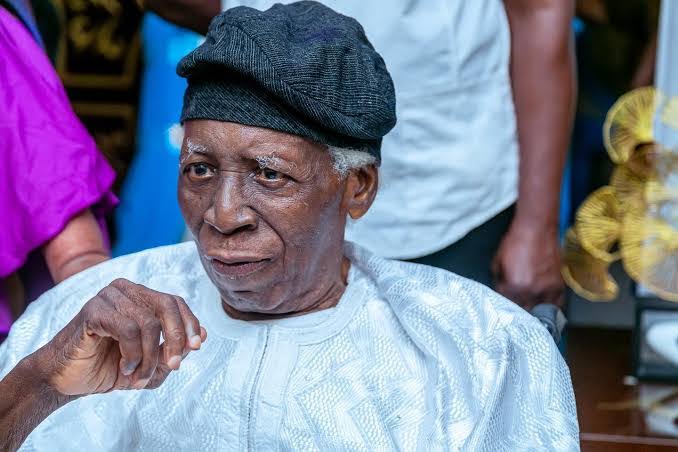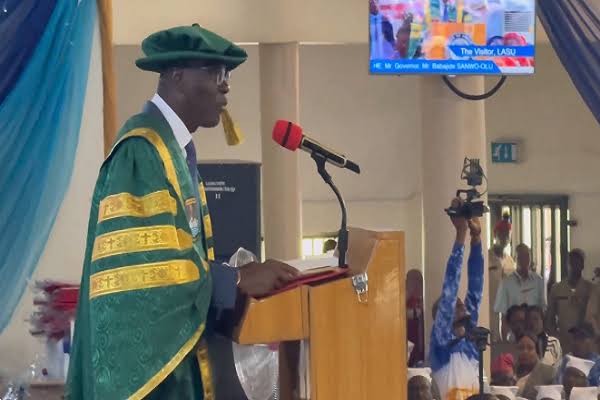Teaching cultural preservation is an important aspect of education, as it helps students develop an appreciation for their own culture and the diversity of cultures around the world. Teachers can help students to achieve a lot when they take their time to imbibe local cultural and environmentally accepted attitudes in their students. What then can be done to harness this sterling way of life? As a classroom teacher and passionate educator, upholding our national heritage is one of the values you can inculcate in your students. Firstly, Introduce cultural heritage: Start by introducing students to the concept of cultural heritage and its significance. Discuss the importance of preserving traditions, customs, language, art, music, and other aspects of a culture’s identity. Secondly, explore local culture: Encourage students to explore and learn about their own local culture. This can be done through field trips to local museums, historical sites, or community events. Invite guest speakers from the local community to share their knowledge and experiences. Also, compare and contrast cultures: Engage students in comparative discussions to help them understand different cultures. Encourage them to identify similarities and differences between their own culture and others. This fosters respect and appreciation for diversity. Additionally, Use multimedia resources: Incorporate multimedia resources such as videos, documentaries, and online platforms to showcase diverse cultural practices from around the world. These resources can provide visual and experiential learning opportunities for students.
Let’s consider the following listed below.
1. Incorporate literature and stories: Introduce literature and stories that celebrate cultural diversity. Read books and share folktales, myths, and legends from different cultures. Discuss the values, traditions, and messages conveyed in these narratives.
2. Hands-on experiences: Provide students with hands-on experiences to actively engage with cultural practices. This can include art projects, cooking traditional dishes, learning traditional dances, or participating in cultural festivals. Such activities encourage students to immerse themselves in different cultural expressions.
3. Collaborative projects: Encourage students to work in groups or pairs on projects related to cultural preservation. For example, they can create presentations, exhibits, or digital portfolios showcasing a particular culture’s traditions, history, or artefacts.
4. Guest speakers and cultural experts: Invite guest speakers, such as local artists, musicians, historians, or members of cultural organizations, to share their knowledge and experiences. Their firsthand accounts can provide valuable insights and make the learning experience more authentic.
5. Encourage critical thinking: Promote critical thinking skills by discussing ethical issues related to cultural preservation. Help students explore the challenges of preserving cultural heritage in the face of globalization, modernization, and other factors. Encourage them to propose solutions and strategies for cultural preservation.
6. Field trips and community engagement: Organize field trips to cultural centers, museums, or cultural events where students can witness cultural preservation efforts in action. Involve students in community service projects that contribute to the preservation of local cultural traditions.
Teaching cultural preservation is an ongoing process that requires fostering a sense of respect, empathy, and open-mindedness in students. By incorporating these strategies, teachers can inspire students to become active participants in cultural preservation and contribute to a more inclusive and culturally diverse society.















